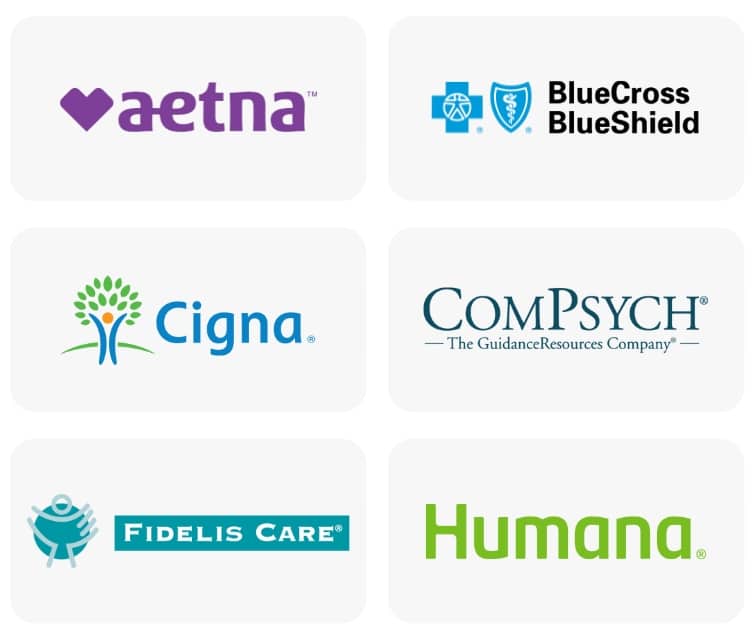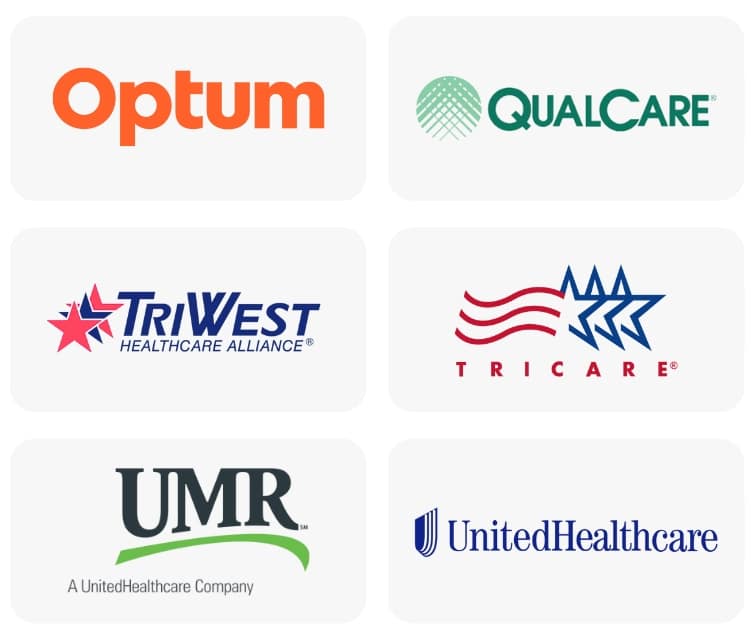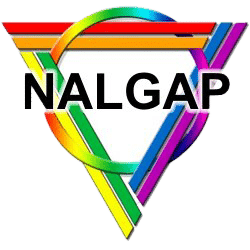Skip To Section
Substances often handed out at dance parties (also known as raves) are grouped under the club drug category. While it’s true that some people use these substances exclusively in clubbing settings, some people take them in other situations. You can use a club drug at home by yourself, and many people do.
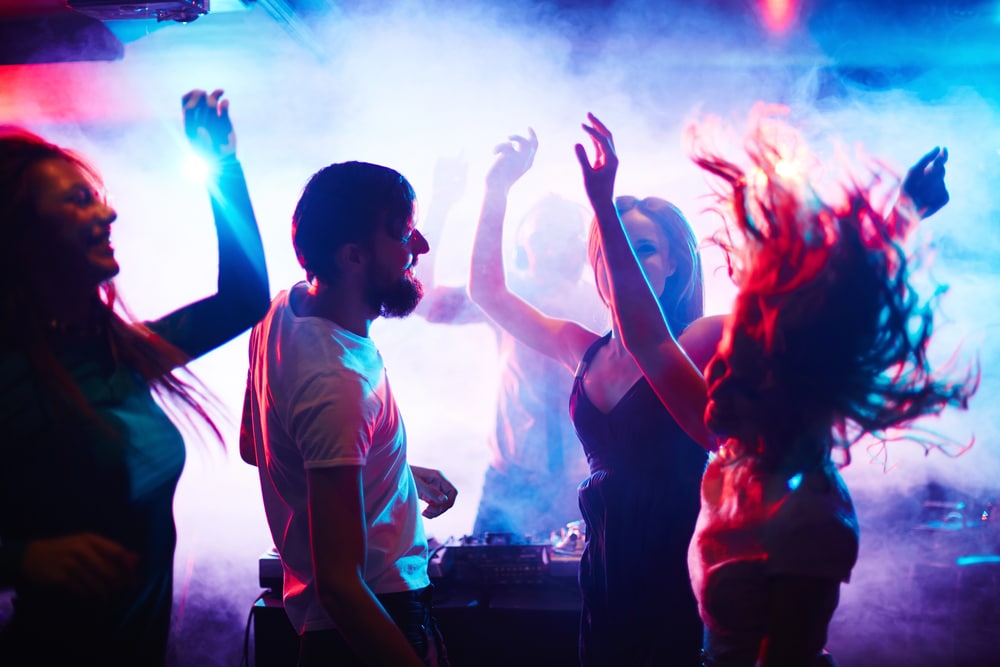
How Club Drugs Got Their Start
Raves began in the 1980s, reporters say, and they’ve long been associated with drug use. Early rave promoters were irritated about the connection, as they felt the gatherings were really about music and community. But the drug/dance connection persists.
Some kids introduced to substances at a party go on to abuse these same drugs in different situations.
Kids who use club drugs at raves may have no idea what they’re taking. They ingest their drugs:
- In handfuls. They’re handed pills by friends or strangers, and they swallow anything they’re given.
- In drinks. Some club drugs dissolve in water, and they are odorless and tasteless. Would-be rapists choose their victims and slip the substances into open cups.
- Via dealers. Rave drug suppliers may tell users what they’re selling. Their pills may contain something different.
The consequences can be catastrophic. During one rave-like music festival in California in 2019, 49 people were taken to emergency rooms. Some had simple heat exhaustion. But plenty of these concertgoers were experiencing problems due to drug use.
Some people who are introduced to club drugs at raves get hooked on them. Cocaine, for example, can cause dramatic brain changes after just one dose. People who use the drug at a party may take several hits to keep the high going, and they may keep on taking the substance when the action is over. Methamphetamine is similarly addictive. It doesn’t take long for a problem to form.
Self-Assessment: Am I Addicted?
"*" indicates required fields
Contact Form
Would you like help?
"*" indicates required fields
Examples of Club Drugs
Anything you’re served at a party could be called a club drug. But in general, researchers consider club drugs substances that boost energy, offer hallucinogenic properties, enhance a sense of connection, or all three.
Examples of classic club drugs include:
Ketamine
Ketamine is a dissociative drug that can make you feel disconnected from reality. Typically, it’s sniffed or snorted, although some people inject the medication. It takes just minutes to work, and people who take it can feel unusual for up to 24 hours, says the Center for Substance Abuse Research.
Ketamine has been associated with tolerance, so you’d need a bigger dose the second time you take it. It’s not uncommon for people to binge on the drug and take dose after dose during a weekend. At very high amounts, people can experience dizziness, nausea, and vomiting.
GHB
Gamma-hydroxybutyrate (GHB) isn’t distributed within the United States. The Food and Drug Administration prohibits the sale and manufacture of this drug. But it is sold online from overseas dealers. It can deliver a sense of power and euphoria, quickly dissolved in drinks.
At high doses, GHB can put users in a coma, experts say. Other side effects include high blood pressure, vertigo, aggression, and vomiting. Those problems usually start within about 15 minutes, and some people need treatment to get better.
It’s not clear if it’s associated with addiction.
MDMA
3,4-Methylenedioxymethamphetamine (MDMA) drug is better known by its nickname: ecstasy. It’s an illegal drug, and it produces stimulation combined with hallucinations and changes in sensory perception. The National Institute on Drug Abuse says more than 18 million people have tried the drug at least once, making it one of the most popular club drugs available.
A hit can produce serious side effects, including body temperature increases, high blood pressure, and kidney damage. Ecstasy can also alter the brain and cause long-term cognitive decline.
Researchers say it’s likely this drug is addictive, but they need to do more studies to be sure.
Rohypnol
Rohypnol is a depressant, and it can be used to treat people with depression or insomnia. In a club scene, it can be used to incapacitate a rape victim. The person becomes pliant and easy to overpower, and they may be unable to remember what happened.
Rohypnol is powerful, experts say, as it’s 10 times more potent than Valium. People who are interested in sedating drugs can, and do, become addicted to Rohypnol. It’s a difficult addiction to maintain, however, as this drug is not available for sale in the United States
DMT
N,N-Dimethyltryptamine (DMT) is a psychedelic drug that occurs in some plants and animals. This is a natural substance that’s similar to psilocybin, but it’s illegal in the United States. Due to its psychoactive effects—hallucinations and sensory distortions—the drug is part of the club scene.
DMT is short-acting, experts say, as hallucinations only last for a few hours. But those hallucinations can be severe, and some people find that they’re forever changed. Physical side effects include agitation, high blood pressure, and dizziness.
Researchers aren’t sure if the drug is physically addictive, but users can develop a psychological dependence on the substance.
LSD
Lysergic acid diethylamide (LSD) is a strong psychedelic drug often sold as a wafer. Tiny crystals of the drug are infused into papers that dissolve on the tongue. Each tab has a potency of up to 80 mg, researchers say. Within about an hour of ingestion, LSD hallucinations begin, and they can last for up to 12 hours.
People can develop a tolerance for LSD very quickly. When that happens, they need bigger doses to feel the same power. But research suggests that this drug is not associated with compulsion and addiction. Some of the hallucinations people experience while on LSD are so disturbing that people never want to take the medication again.
Cocaine
Cocaine powder from the coca plant can be sniffed, injected, or ingested. Users feel a remarkable high, but it fades quickly. This leads many people to binge the drug throughout the night or the weekend.
The National Institute on Drug Abuse says the high from cocaine lasts for just 30 minutes. During that time, you might feel powerful, sexually energized, and passionate. But your body is in poor condition. Cocaine can cause heart attack, strokes, or seizures.
Cocaine is also remarkably addictive, as it changes brain cells quickly. Recovery can take months, as there are no drugs available to reverse the damage.
Methamphetamine
A cold pill combined with butane and other household toxins creates methamphetamine. The drug produces a powerful high, but it fades quickly. Users tend to take it in binges, so they can keep the good feeling over a long time period.
Meth can cause severe side effects, including increased body temperature and a rapid heartbeat. It can also spark addiction.
The National Institute on Drug Abuse says meth changes the brain’s dopamine system, so users tend to feel sick and sad without it. Those changes can also cause reduced coordination and an inability to learn new things.
2C-B
2C-B (4-bromo-2,5-dimethoxyphenethylamine) is a psychedelic drug created in the 1970s, experts say, and it’s considered a hallucinogenic substance. Currently, people aren’t sure if it can cause addictions, as it’s relatively new and untested. People who take it are, in essence, experimenting on themselves.
Also known as Nexus, 2C-B can cause stronger visual and perception changes in larger doses, and music tends to enhance the experience. Some people develop nausea and chills after taking the drug. Others have difficult or terrifying hallucinations that won’t seem to end.
Whippits
Nitrous oxide, more commonly known as laughing gas or whippets, is a dissociative drug. It is the same substance that “whips up” cream for a slice of pie. At a party, someone might serve it to you in a balloon. Due to the level of accessibility, whippets are a relatively popular drug, experts say. It’s cheap and easy to find.
Some people inhale the gas from a canister to experience an oxygen-deprived sense of euphoria, hallucinations, and sexual pleasure. Long-term users can develop nerve problems, including paralysis and persistent pain. And the drug can cause you to keep using, even when you don’t want to do so.
When you deal with a serious side effect at a party, ask for help. Doctors may have the right therapy for you, as long as you disclose what you took and when.You can also call for help if a friend is suffering. Your quick thinking could save a life.
Do You Need Help for Substance Abuse?
When you’re standing with friends at a party, and someone hands you drugs, it’s hard to refuse them. You want to fit in, you want to have fun, and you feel safe. But substances given to you in these situations are hardly ever completely safe.
If you started using club drugs and you find you can’t stop, treatment can help. Your team can help you understand why you accepted the first hit, and that team can help you build up skills to stop using in the future.
Teams may also help if you’re hooked on many drugs. If you feel you always need substances to have a good time at a party, therapy could help you break down that impulse and learn to enjoy your life without drugs.
Our admissions team is available 24/7 to listen to your story and help you get started with the next steps.
